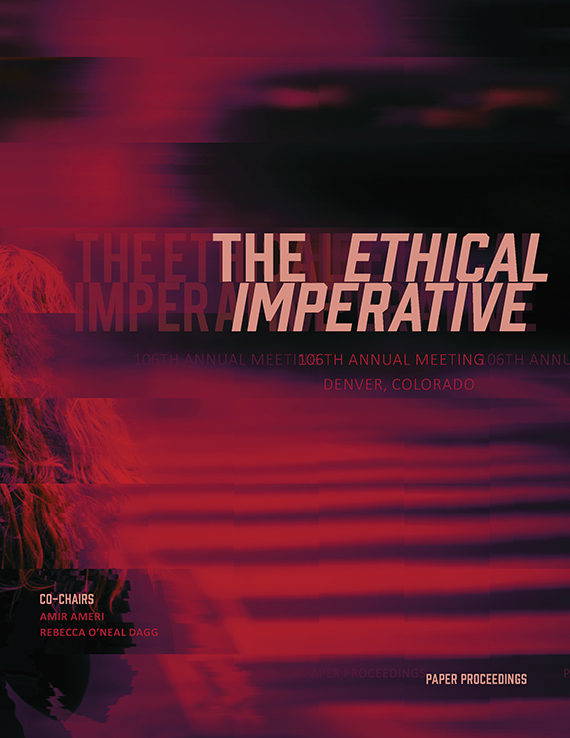Author(s): Gray Read
Who is the architect any more? In the face of environmental crisis, the cries of utopian masters of the universe ring hollow. To engage the larger ecological mission, the architect’s ethical responsibility has shifted and broadened, turning focus to larger systemic issues that do not necessarily have people at the center. In this new reality, what models or myths can be cobbled together out of our tradition to construct a new stance for the future? This paper looks at the figure of the bricoleur as constructed by anthropologist Claude Levi-Strauss, the handyman/inventor who improvises to remake old things to serve new purposes. In Levi-Strauss’ telling, the bricoleur stands opposed to the engineer, who imagines an ideal solution to a problem. The bricoleur first studies the materials and situation at hand, engaging things not as inert objects obedient to a human subject, but as active entities, each with a specific history, character, and inexhaustible potential for the future, either in relation to people, or not. As improviser and inventor the bricoleur is useful in times of crisis. He appears at the very end of Vitruvius’s 10 Books of Architecture defending the city from a marvelously engineered war machine. The situated, material intelligence of the bricoleur is called for now to help reimagine ourselves and our machines within rather than outside a wounded ecosystem.
https://doi.org/10.35483/ACSA.AM.106.36
Volume Editors
Amir Ameri & Rebecca O'Neal Dagg
ISBN
978-1-944214-15-9

 Study Architecture
Study Architecture  ProPEL
ProPEL 
